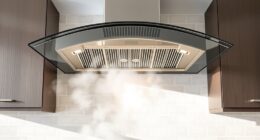Have you ever thought about whether your appliances still consume energy when they are not being used? Well, we have the information you’re seeking.
In this article, we delve into the fascinating world of vampire power – the hidden energy drain that lurks in our homes. We’ll explore the truth about standby mode, debunk the myth of energy-efficient appliances, and provide tips on minimizing this sneaky power consumption.
So get ready to take control of your power usage and become a master of energy efficiency.
Key Takeaways
- Appliances continue to consume energy even when plugged in but not in use, contributing to vampire power.
- Standby power consumption can lead to higher electricity bills and unnecessary environmental impact.
- Energy-efficient appliances still draw power in standby mode, contradicting the belief that they consume zero energy when not in use.
- Taking measures to minimize vampire power, such as using power strips with switches or unplugging unused devices, can reduce energy consumption and cost implications.
Understanding Vampire Power
When appliances are plugged in, they continue to consume energy even when not in use, a phenomenon commonly referred to as vampire power. This hidden energy waste contributes to rising electricity bills and unnecessary environmental impact. Understanding vampire power is crucial in finding effective solutions to reduce energy consumption.
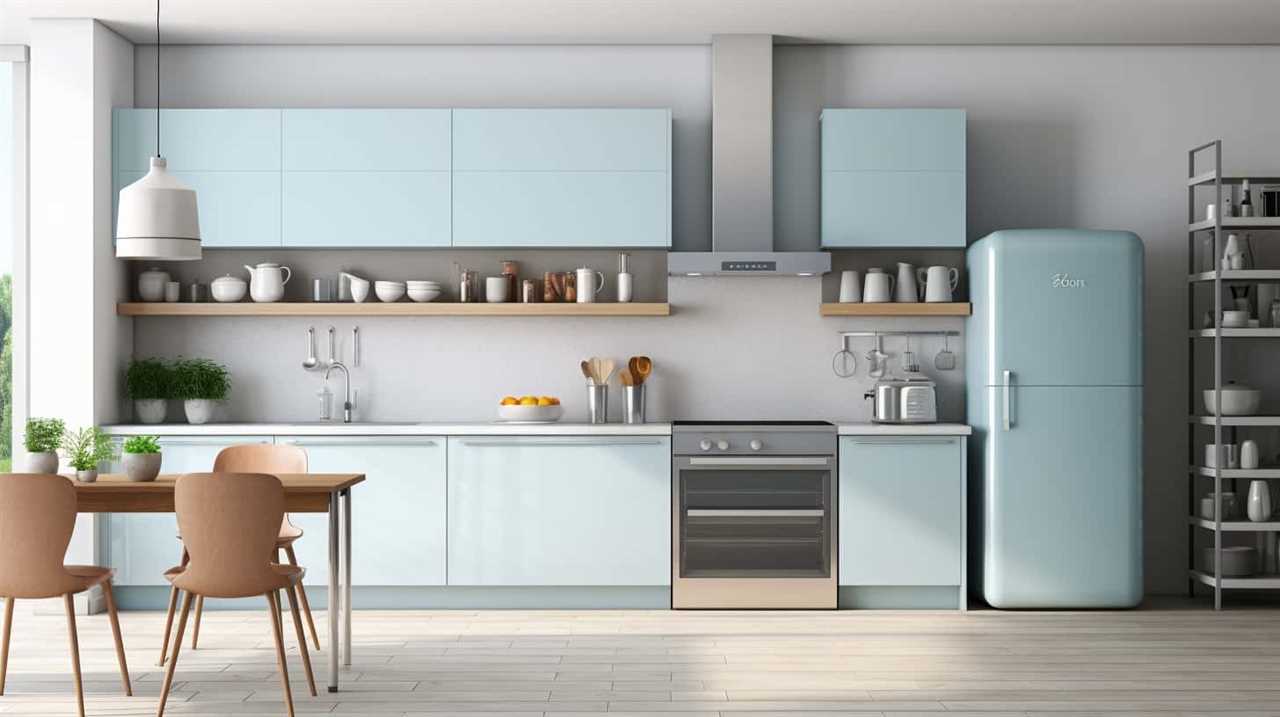
Vampire power solutions aim to minimize the energy drawn by appliances in standby mode. One solution is to unplug devices when not in use, but this can be inconvenient and time-consuming. Another option is to use power strips with built-in timers or smart plugs that allow users to control the power supply remotely. Additionally, energy-efficient appliances and devices with low standby power consumption can help reduce vampire power.
Standby Mode: A Hidden Energy Drain
When it comes to energy consumption, one often overlooked factor is the standby mode of appliances. In this mode, appliances continue to draw power, albeit at a lower level, even when not in use.
This unnoticed energy drain can have potential cost implications for households and businesses alike.
Unnoticed Energy Consumption
In our daily lives, we often overlook the fact that appliances continue to draw power even when they are in standby mode, leading to a hidden energy drain. This phenomenon, known as phantom power consumption or hidden energy waste, can contribute to significant energy usage and increased electricity bills. To fully grasp the extent of this issue, let’s take a closer look at the table below, which provides examples of common household appliances and their standby power consumption:
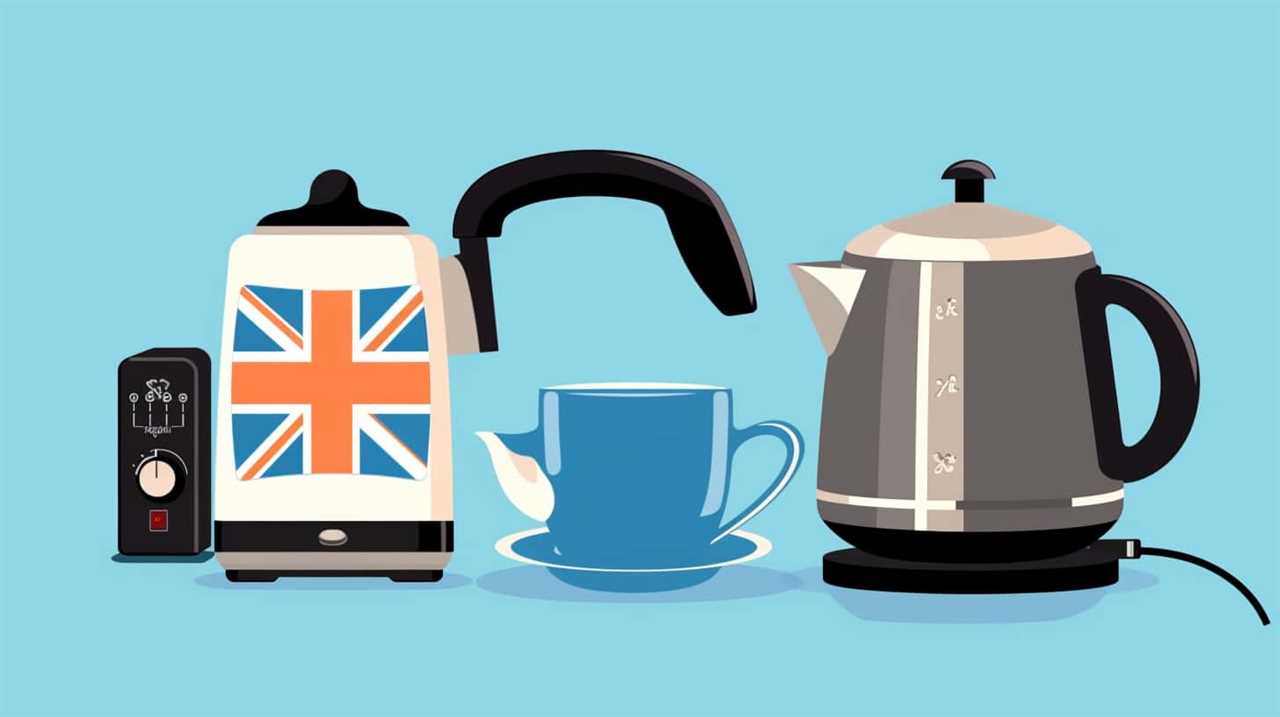
| Appliance | Standby Power Consumption (W) | Annual Energy Cost ($) |
|---|---|---|
| Television | 5-20 | $5-$20 |
| Computer | 1-5 | $1-$5 |
| Game Console | 1-10 | $1-$10 |
| Phone Charger | 0.1-1 | $0.1-$1 |
As you can see, even seemingly low-power devices can still accumulate significant energy usage over time. To combat this hidden energy drain, it is crucial to unplug appliances when not in use or utilize power strips with an on/off switch to completely cut off power supply. By being mindful of these unnoticed energy consumption practices, we can reduce our environmental impact and save money in the long run.
Potential Cost Implications
We need to be aware of the potential cost implications of standby mode, as it can lead to a hidden energy drain. Many appliances, such as televisions, computers, and gaming consoles, consume electricity even when in standby mode. This constant power usage can add up over time, resulting in higher energy bills.
To mitigate this issue, it’s essential to implement cost saving strategies and energy conservation techniques. One effective approach is to use power strips with integrated timers or smart plugs that can automatically turn off the power supply to appliances when they aren’t in use.
Additionally, educating ourselves about the power consumption of different appliances and choosing energy-efficient models can further reduce costs.
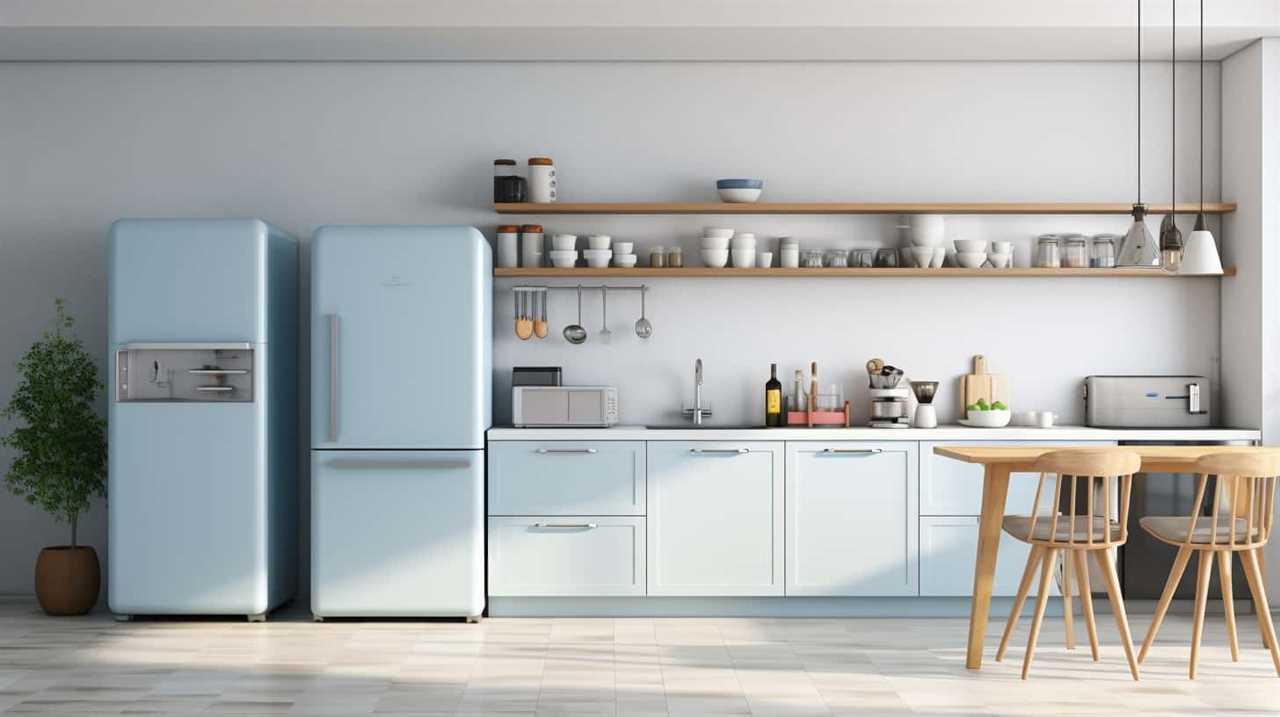
By understanding the potential cost implications of standby mode and implementing energy conservation techniques, we can actively manage our energy usage and reduce unnecessary expenses.
Moving forward, let’s debunk the myth of energy-efficient appliances.
The Myth of Energy-Efficient Appliances
Energy-efficient appliances often still draw power even when they aren’t in use. This contradicts the common belief that these appliances consume zero energy when in standby mode. Understanding energy consumption is crucial to debunking energy saving claims made by manufacturers.
Here are two key reasons why energy-efficient appliances continue to draw power:

- Standby Power Consumption: Energy-efficient appliances may still consume a small amount of power to maintain features like clock displays or remote control functionality. This standby power consumption can add up over time.
- Vampire Power: Some appliances have power adapters or chargers that remain plugged in even when not actively charging a device. These vampire loads can significantly contribute to energy consumption.
Unplugging Vs. Power Strips: Which Is Better
When it comes to managing energy consumption, the choice between unplugging appliances and using power strips can make a significant difference. It’s important to consider the power usage comparison and energy-saving alternatives when deciding which method is better for you.
Unplugging appliances completely eliminates any standby power consumption, also known as vampire power. This occurs when appliances continue to draw power even when they aren’t in use but remain plugged in. By unplugging appliances when they’re not in use, you can save a significant amount of energy and reduce your electricity bill.
On the other hand, power strips offer a convenient and efficient way to control multiple appliances with a single switch. This allows you to easily turn off several devices at once, reducing standby power consumption. Power strips also provide surge protection, protecting your appliances from power surges and potential damage.
Identifying Appliances With High Vampire Power
When it comes to identifying appliances with high vampire power, it’s important to consider their energy consumption. Energy-hungry appliances such as televisions, gaming consoles, and desktop computers are often culprits of drawing power even when not in use.

To reduce vampire power, it’s essential to identify these appliances and take measures such as using power strips with switches or unplugging them when not in use.
Energy-Hungry Appliances
Typically, we frequently find energy-hungry appliances that have high vampire power, drawing electricity even when not in use. These appliances can significantly contribute to wasted energy and increased electricity bills.
To help you identify such energy-guzzlers, here are some key points to consider:
- Energy-saving tips: By following these tips, you can reduce the energy consumption of your appliances and save money in the long run:
- Unplug appliances when not in use: This simple action can prevent them from drawing vampire power.
- Invest in energy-efficient technology: Look for appliances with the ENERGY STAR label, as they’re designed to use less energy without compromising performance.
Reducing Vampire Power
To reduce vampire power and identify appliances with high vampire power, we can take measures to minimize energy consumption and increase efficiency. One effective way to accomplish this is by implementing energy-saving techniques. By identifying appliances that consume excessive standby power, we can make informed decisions about reducing their energy consumption. Below is a table that outlines some common household appliances and their estimated standby power consumption in watts:
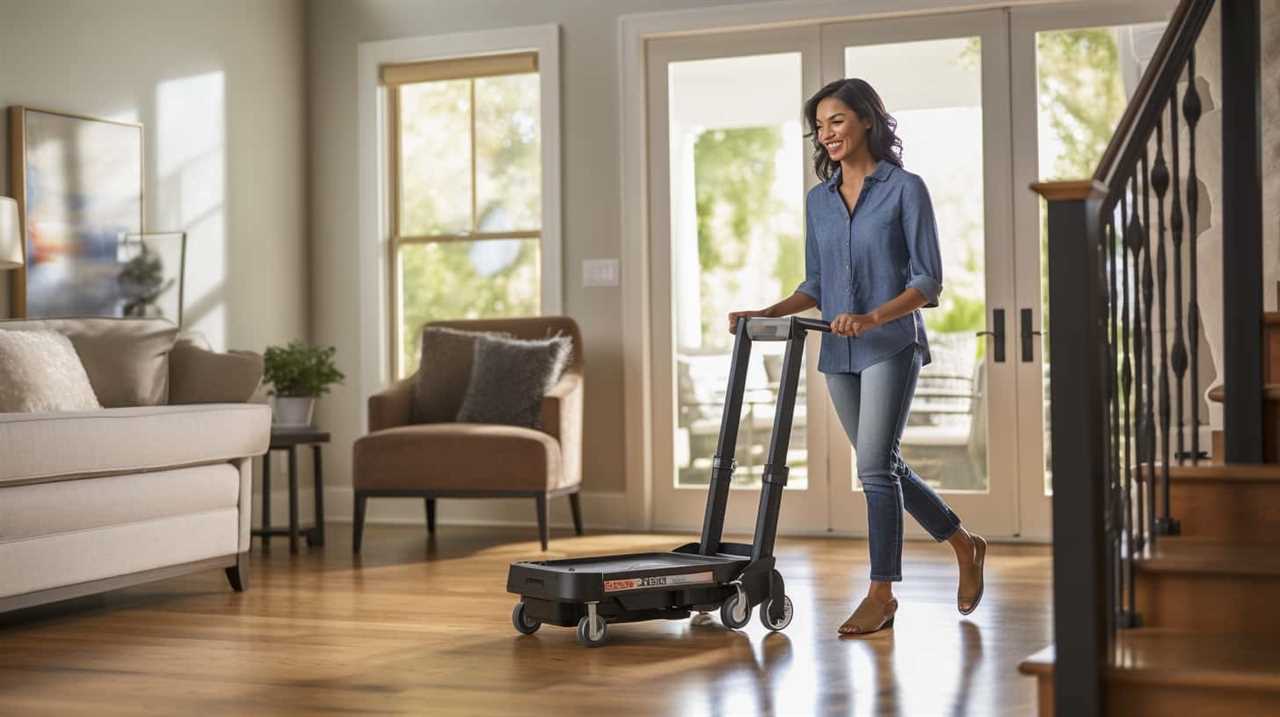
| Appliance | Standby Power Consumption (Watts) |
|---|---|
| Television | 5-20 |
| Computer | 2-10 |
| Gaming Console | 1-5 |
| Microwave | 1-5 |
| Cable Box | 10-30 |
The Impact of Vampire Power on Your Energy Bill
Our energy bill is significantly affected by the amount of vampire power consumed by our appliances. Vampire power, also known as standby power or phantom load, refers to the electricity used by devices when they’re plugged in but not in use. This hidden cost can add up quickly and contribute to inflated energy bills.
To help you understand the impact of vampire power on your energy bill, here are some key points:
- Vampire power can account for up to 10% of your total energy usage.
- Leaving devices on standby mode can cost you hundreds of dollars each year.
- Unplugging unused appliances or using power strips with built-in switches can help reduce vampire power consumption.
- Energy-saving tips such as adjusting power settings and using energy-efficient appliances can further minimize vampire power.
Understanding the impact of vampire power on your energy bill is the first step towards reducing unnecessary energy consumption. Now, let’s explore how to measure vampire power consumption and take control of our energy usage.
How to Measure Vampire Power Consumption
Now let’s delve into the process of measuring vampire power consumption.
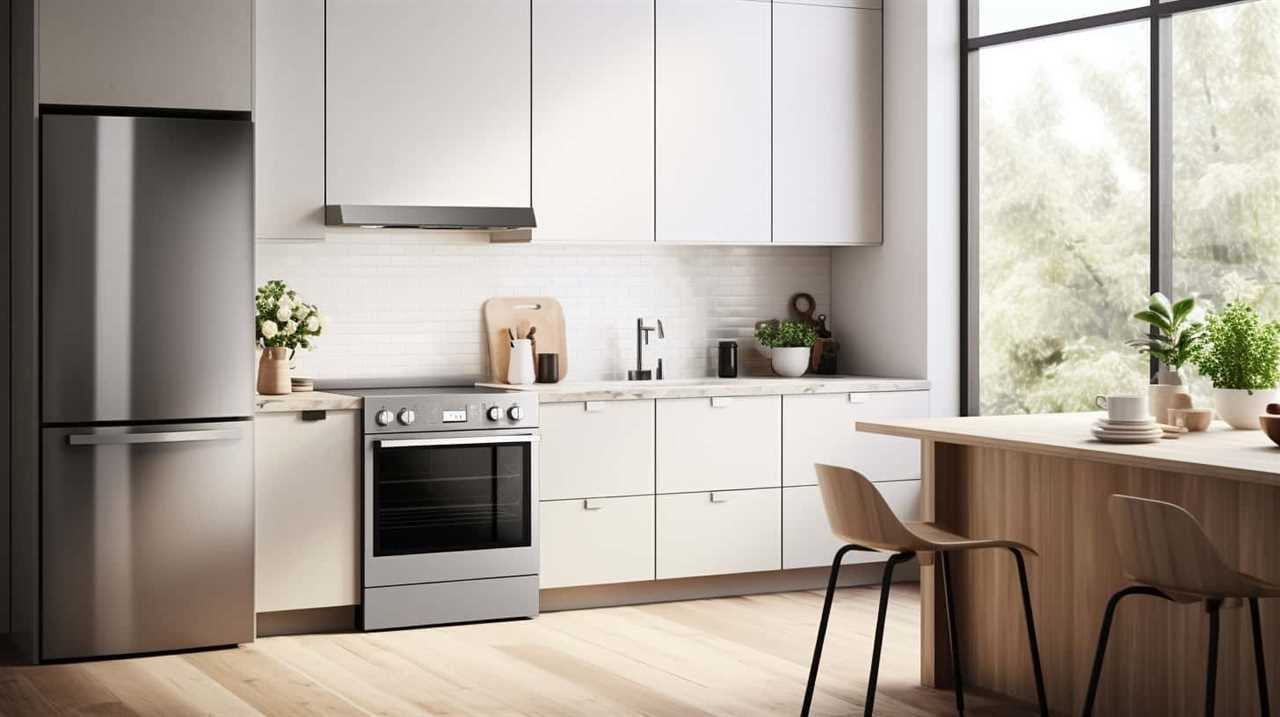
Measuring energy consumption is essential in understanding the impact of vampire power on your energy bill and implementing effective energy saving strategies.
To measure vampire power, you’ll need an energy monitor or a power meter. These devices provide real-time measurements of electricity usage, allowing you to identify appliances that draw power even when not in use.
Simply plug the energy monitor into an outlet, then plug your appliance into the monitor. The device will display the power consumption in watts or kilowatts.
By measuring vampire power, you can quantify the energy wasted and make informed decisions about which appliances to unplug or replace with more energy-efficient alternatives.

Transitioning into the subsequent section, let’s explore some tips for minimizing vampire power in your home.
Tips for Minimizing Vampire Power in Your Home
Now let’s delve into some practical strategies for reducing vampire power in our homes.
Vampire power, also known as standby power or phantom load, refers to the energy consumed by electronic devices when they’re turned off but still plugged in. This hidden energy usage not only increases our electricity bills but also contributes to environmental pollution.
Here are some tips to minimize vampire power in your home:

- Unplug unused devices: Make it a habit to unplug electronics when they aren’t in use, especially those that are rarely used like printers or game consoles.
- Utilize power strips: Plug multiple devices into a power strip and switch it off when not in use to cut off power supply completely.
- Invest in smart power strips: These power strips automatically detect when devices are idle and cut off power to them, eliminating vampire power consumption.
- Use energy-efficient devices: Opt for energy-efficient appliances that consume less power in standby mode.
- Enable power-saving features: Many electronic devices come with power-saving modes or timers that can be activated to reduce vampire power.
The Future of Energy-Efficient Appliances
Moving forward, let’s explore the advancements in energy-efficient appliances that are shaping the future.
Energy efficient technology and sustainable energy solutions are driving the development of appliances that consume less power and reduce our environmental impact. These appliances incorporate innovative features and design elements that optimize energy usage, resulting in significant energy savings.
Manufacturers are focusing on improving the efficiency of appliances such as refrigerators, washing machines, and air conditioners, by utilizing advanced insulation materials, intelligent control systems, and energy-saving modes. Additionally, the integration of renewable energy sources, such as solar panels and wind turbines, is becoming more prevalent in the design of appliances. This allows for the utilization of clean and sustainable energy to power these devices, further reducing their environmental footprint.
As technology continues to advance, energy-efficient appliances will play a crucial role in achieving a more sustainable and eco-friendly future.
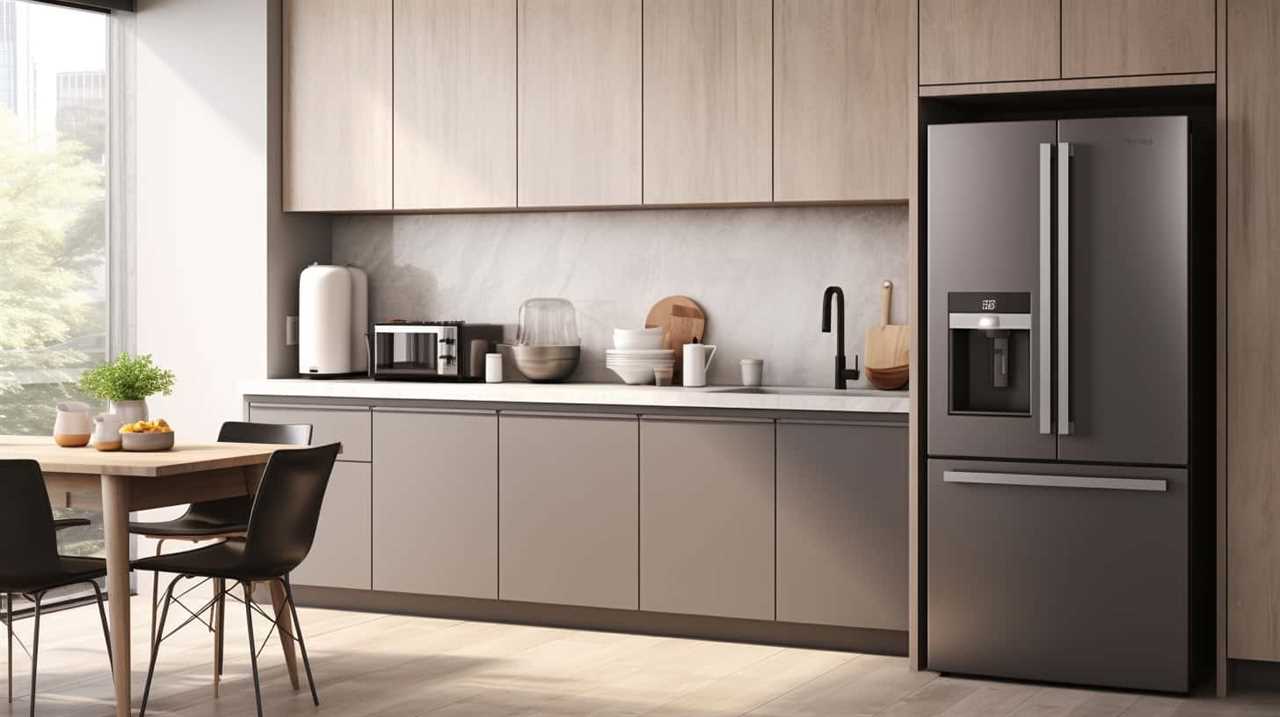
Conclusion: Taking Control of Your Power Usage
To take control of our power usage, we need to be mindful of how appliances draw power when plugged in. By implementing effective power management strategies, we can reduce energy waste and save money on our electricity bills.
Here are two key steps to help you take control of your power usage:
- Conduct an energy audit:
- Assess the energy consumption of each appliance in your home.
- Identify appliances that consume excessive power even when in standby mode.
- Implement power-saving measures:
- Unplug appliances when not in use to eliminate phantom power usage.
- Utilize power strips with surge protectors to easily disconnect multiple devices.
Frequently Asked Questions
How Much Power Does a Typical Appliance Consume When It Is in Standby Mode?
Appliances in standby mode consume varying amounts of power, depending on the type and model. To reduce standby power usage, unplug appliances when not in use. This can significantly impact electricity bills.
Can Using a Power Strip Reduce Vampire Power Consumption?
Using a power strip can reduce vampire power consumption by up to 10%. It’s one of the energy-saving tips that we recommend. Power strips provide benefits like convenience and efficiency in managing multiple appliances.

Are Older Appliances More Likely to Have Higher Vampire Power Consumption?
Yes, older appliances are more likely to have higher vampire power consumption. This can have a significant impact on electricity bills. Upgrading to energy efficient appliances can help reduce this consumption and save money.
Are There Any Appliances That Do Not Draw Power When Plugged In?
Yes, there are energy efficient appliances that do not draw power when plugged in. By implementing vampire power reduction techniques, these appliances are designed to minimize standby power consumption and save energy.
What Are Some Unexpected Sources of Vampire Power in a Home?
There are several unexpected sources of vampire power in a home. By using energy monitoring devices, we can detect these power-consuming culprits. Implementing strategies such as unplugging unused appliances can significantly reduce vampire power consumption.
Conclusion
In conclusion, understanding and minimizing vampire power consumption is crucial for energy efficiency in our homes. Did you know that appliances left on standby mode can account for up to 10% of residential energy usage?
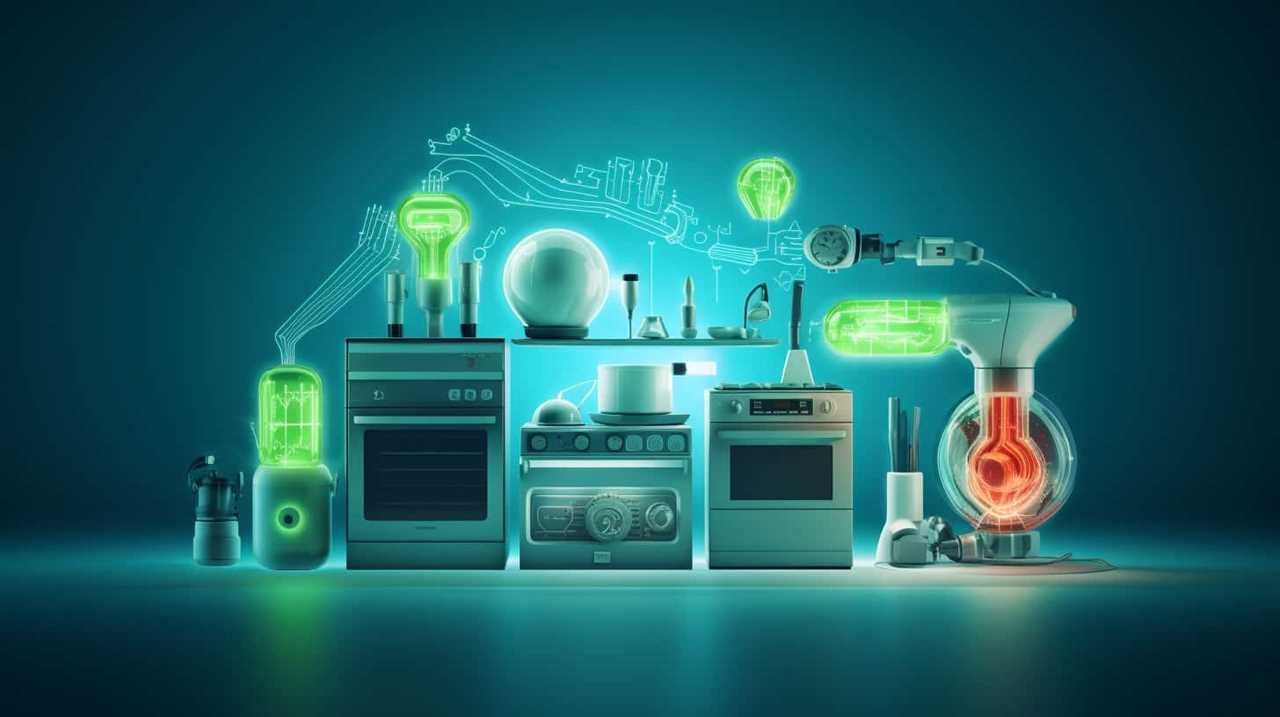
By identifying appliances with high vampire power and taking steps to reduce it, we can significantly decrease our energy consumption and save money on our utility bills.
It’s time to take control of our power usage and make a positive impact on our environment.








